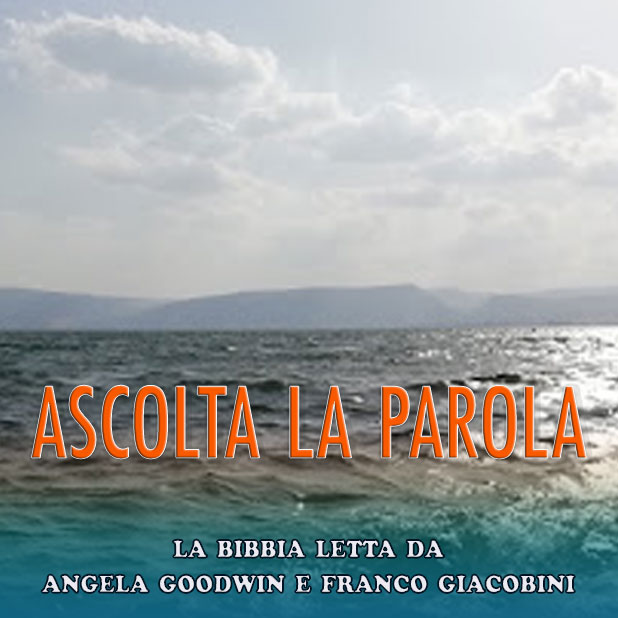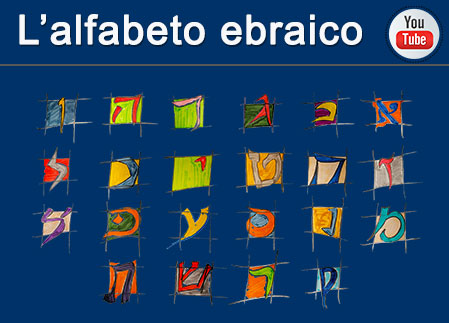Synod of Bishops
Città del Vaticano 1977
It seems important that, in a discussion on catechetics, especially for young people and children, as it is going on in this assembly of the Synod, the question of the image of Judaism in catechetical teaching be raised. The reason is twofold: on the one hand, it is impossible—theologically and practically—to present Christianity with referring to Judaism, at least as it is found in the pages of the Old Testament, and also as it really was at the time of the New Testament. And, on the other hand, because the image of Judaism used to illustrate Christianity in Christian teaching is seldom exact, faithful and respectful of the theological and historical reality of Judaism.For these reasons, it seems useful to offer some material, taken from official documents of the Church, on how to present Judaism in our catechetical teaching.
The Second Vatican Council, after a general presentation of the relations between Christianity and Judaism, states: “All should see to it, then, that in catechetical work and in the preaching of the Word of God, they teaching nothing save what conforms to the truth of the Gospel and the spirit of Christ” (Nostra Aetate, No. 4). This principle appears as a conclusion of the previous developments in which some very practical points emerge, which are also taken up by the recent Guidelines and Suggestions for Implementing the Conciliar Declaration “Nostra Aetate” No. 4, published by the Commission for Religious Relations with the Jews, dated December 1, 1974 (issued in January 1975).
1. A first point of great importance is the relationship of one Testament to the other. A catechesis which would not found the revelation of the New Testament upon the revelation of the Old Testament would be a false one. Indeed, it would be in serious danger of falling into the Marcionite heresy because, as the Second Vatican Council says, “Thus the Church of Christ acknowledges that, according to God’s saving design, the beginnings of her faith and her election are found already in the patriarchs, Moses and the prophets” (Nostra Aetate, No. 4). And the Guidelines (par III) say specifically: “The Old Testament and the Jewish tradition founded upon it must not be set against the New Testament in such a way that the former seems to constitute a religion of only justice, fear and legalism, with no appeal to the love of God and neighbour (cf. Deut. 6:5; Lev. 19:18; Matt. 22:34-30)”. In fact: “The New Testament is profoundly marked by its relation to the Old.” The continuity of both Testaments in God’s plan, with all respect for the plenitude found in the New Testament, must be a guiding principle in catechesis.
2. Another point of great practical value regards the presentation of Judaism in the time of the New Testament, and as a necessary background for the interpretation of the gospels. On these points, the Guidelines state: “Judaism in the time of Christ and the Apostles was a complex reality, embracing many different trends, many spiritual, religious, social and cultural values.” Therefore, all simplification in the presentation of the facts, groups and persons mentioned in the Old Testament must be carefully avoided. The Guidelines say in another place (par. II): “With respect to liturgical readings, care will be taken to see that homilies based on them will not distort their meaning, especially when it is a question of passages which seem to show the Jewish people as such in an unfavourable light.” And, in a note (1), two important references are made: “Thus the formula ‘the Jews’ in St. John sometimes, according to the context, means ‘the leaders of the Jews’ or ‘the adversaries of Jesus,’ terms which express better the thought of the evangelist and avoid appear to arraign the Jewish people as such. Another example is the use of the words ‘pharisee’ and ‘pharisaism’, which have taken on a largely pejorative meaning.” Apropos the last question, scholar distinguish at least seven classes of Pharisees at the time of the New Testament.
3. There is still another delicate point regarding the interpretation of the New Testament which was taken up by the Council and the Guidelines, that is, the responsibility for the death of Jesus. This point comes out necessarily in any catechesis on the life of Our Lord, or on the history of redemption. On this, the Council has this to say: “True, the Jewish authorities and those who followed their lead pressed for the death of Christ (cf. John 19:6); still, what happened in his passion cannot be charged against all the Jews, without distinction, then alive, nor against the Jews of today” (Nostra Aetate No. 4). And it goes on to say: “Besides, Christ underwent his passion and death freely and out of infinite love because of the sins of men, in order that all might reach salvation,” thus giving the exact theological meaning of the death of Our Lord. The Guidelines (par. III) repeat the first quote as one of the “facts” that “deserve to be recalled”.
4. As a consequence of this last point, another reference made by the Council is quite worth recalling here for the use of catechesis. It deals with the question of the image of the Jews for Christians. The text says: “Although the Church is the new People of God, the Jews should not be represented as rejected by God or accursed, as if this followed from Holy Scripture” (Nostra Aetate No. 4). Already the Dogmatic Constitution on the Church, Lumen Gentium, had said (par. 16): “In the first place, there is the people to whom the covenants and the promises were given, and from whom Christ was born according to the flesh (cf. Rom. 9:4-5). On account of the fathers, this people remains most dear to God, for God does not repent of the gifts He makes nor of the calls He issues (Rom. 11:28-29)”. On this the Guidelines comment appropriately (par. III): “The history of Judaism did not end with the destruction of Jerusalem, but rather went on to develop a religious tradition. And, although we believe that the importance and meaning of that tradition were deeply affected by the coming of Christ, it is still nonetheless rich in religious values”. Therefore, Judaism should not be presented as a dead or useless religion.
Grounded upon these facts, the Commission for Religious Relations with the Jews, created by the Holy Father in November 1974, tries to relate to the Episcopal Conferences to serve them in this important matter of the implementation of the conciliar declaration Nostra Aetate No. 4. But it also has tried to relate to Judaism in an official way, so as to bring about the desired reconciliation between both religions, which have so much in common. To this end, a Liaison Committee was created, even before the existence of the Commission itself, with the main Jewish organizations, which is already in the sixth session. Many important questions have been discussed frankly and fraternally in these sessions. It is relevant to note for the present discussion, that the following meeting, fixed for next year, has as its main subject the image of each religion in the teaching system of the other.
We sincerely hope, with the help of our Lord, that these facts and ideas will promote a better image in the catechetical teaching of the Roman Catholic Church, as well as a growing and more fraternal relationship among all the “sons of Abraham” (cf. Rom. 4:11-12).
239 visualizzazioni.
Inserito 01/01/1970
Relazioni Ebraico-Cristiane
Ultime novità nel sito
- 19/04/2020: Articolo - L’enigma della Maddalena
- 23/02/2020: Articolo - Il locus amoenus nelle catacombe ebraiche e cristiane di Roma
- 16/02/2020: Articolo - Il profetismo nel Vicino Oriente antico
- 13/02/2020: Articolo - I Profeti della Cappella Sistina
- 09/02/2020: Articolo - Gerusalemme e la Terra Santa di Israele


